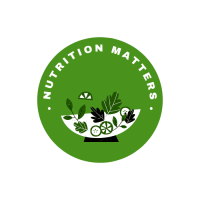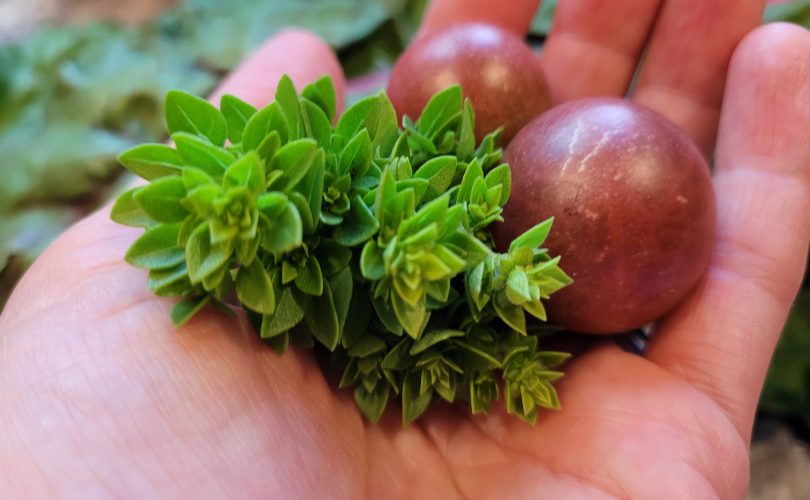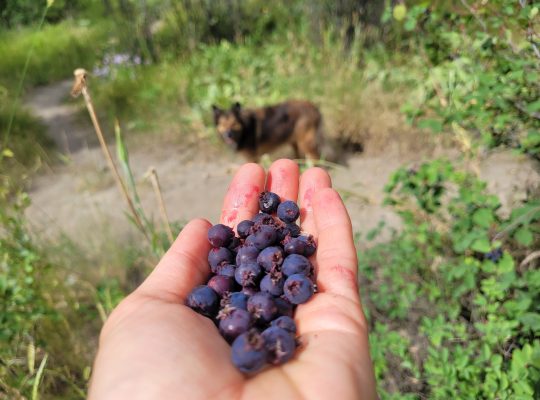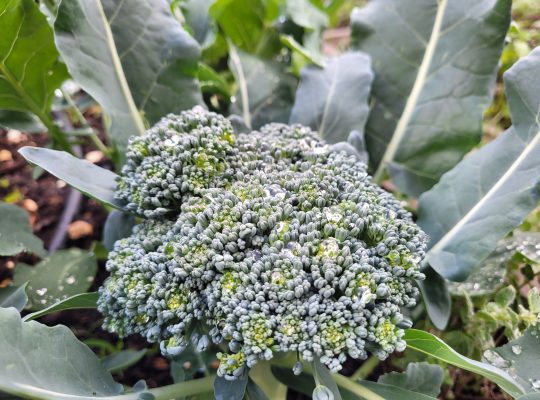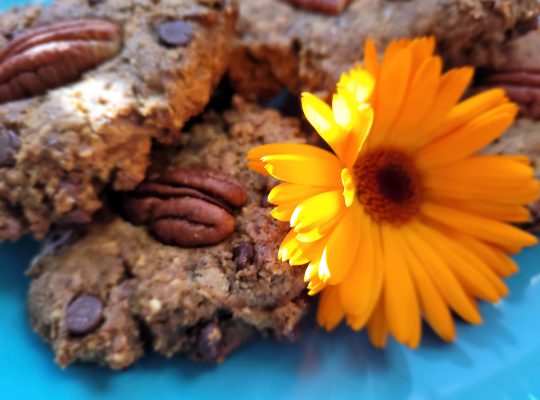If you live in Canada and been keeping current with the latest news, you’ve likely heard about the ‘best before’ discussion. It’s a big one.
What’s your take?
Public dialogue is necessary
I am glad it came to be discussed, and yes, I know it’s not the first time it happens. I am glad for a few reasons.
- One, because ‘best before’ is behind much of the food waste we see and don’t see. The invisible part is a big cause of concern for anyone who relies on food to get by, which is everyone.
- Second, because unless there is an oracle of sorts that by merely looking at a food can predict its ‘best before’ date, we’re being led to believe some less than accurate facts.
- And third, because ‘best before’ is mighty supportive of the type of foods I have a big problem with, which is highly processed foods.
So, no ‘best before’?
Well, let’s see. I made a mushroom soup last night and today we’ll be having the leftovers for lunch or even dinner, along with a salad. We will finish it today, and if there’s any leftovers yet, I know they will need to be done by tomorrow. Not because the soup will turn inedible, but because it won’t be tasting so good and fresh as it did on day one and two.
On the other hand, if I choose to buy a packaged soup, I would like to know when it was made, and I will make my own decision whether to consume it or not. Even if the best before says 2025, if it was made three years ago, I’d rather not. Instead. I’d pick some fresh veggies, spices and herbs, and then make my own soup at home.
One of the problems with ‘best before’ is that it gives the food industry free hand to come up with various things that are highly perishable and should not be there in the first place (yes, I am looking at you, cauliflower ‘rice’). Also, many can be easily made at home. Or, the opposite, it gives way to what I call ‘perennial foods’. Foods that are so spoil-proof that they transcend the very boundaries of what food is supposed to be.
There’s more to food than the ‘best before’ date
Tell me when it was made and let me make my own decision. On the other hand, let’s amp up food education and get people ‘hooked’ on cooking their own meals and then the ‘best before’ becomes less of an issue.
As for the metabolic health and insulin resistance connection, here it is. Back to my example of home-cooked meals. Provided that you use fresh, fibre-rich, whole food ingredients and stay away from using excessive sugar and trans fats, your meals will be nourishing and tasty and you’ll know when to eat them by.
If you rely too much on packaged foods that come out of packages with ‘best before’ stamped on them, chances are you are ingesting more sugar, high-fructose corn syrup, and unhealthy trans fats than you think. Your liver can do wonders, but if being subjected to an overload of the above, it will start accumulating fat, which then drives up the risk of insulin resistance significantly.
Ditto for preservatives, emulsifiers, flavourings and all the extra chemicals that we don’t think of as part of our food. Because they should not be, but they are anyway.
Oh, but it’s not just what’s in the food
Processed foods come with chemicals that are contained in the packaging and often they are making their way into the food, particularly in the case of fat-containing foods. Some of these chemicals are endocrine disruptors and/or obesogens (they will make you gain weight). They can also be increasing the risk of various cancers. Others will impact your microbiome, which will inherently impact your metabolic health and your overall health.
We may think that the chemicals found in packaging are inert. The truth is, many are not, even when we are told they are (see the story of the infamous chemical called bisphenol A or BPA). When a chemical or class of chemicals are being ousted as deleterious, they are being replaced by a ‘knight in shining armour’ chemical. However, that becomes a case of not seeing the forest for the trees. A new chemical does not save us from the bad ones, but it keeps the blinders on for longer (BPA was replaced by BPS which was not much better and was also more environmentally persistent).
Glass is inert but many say it’s not that convenient. It breaks and it’s heavy. However, it’s perfect for storing minimally processed foods (think tomato sauce) and it can be reused. In the kitchen and pantry to store foods too!
Three takeaways for you to consider
- Choose home-cooked meals. They are the cheapest option and the freshest. If you’re thinking ‘yeah, but it’s time-consuming’, think about it as time invested in your health, which is important at all ages, and becomes highly relevant as we age. Plus, cooking is fun and it adds mindfulness to the eating process. That’s a big gain for our health!
- Shop at the farmer’s market and buy locally-grown foods as much as you can. Freshness is not an issue, and you will find yourself using more whole foods in your meals, whether as they are or cooked.
- For minimally processed foods you consume, choose glass-packaged whenever possible, rather than plastic. If the only option is plastic, make sure it is the less deleterious kind, #2 and #4, and also recyclable. However, the recycling story is also complicated. Most of the plastic does not get recycled. Shocking, I know, but true. So please buy with that awareness in mind.
The most important thing to remember is that real whole foods are easy to assess for freshness by the consumers. Even more so when the farmer is nearby and accountable. Let’s move the tide in that direction. Our health is worth it.
